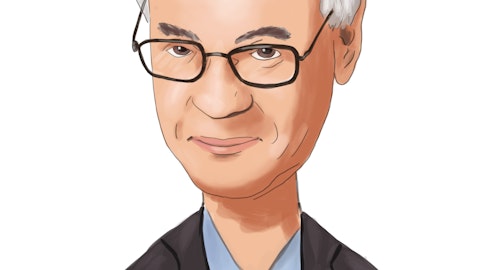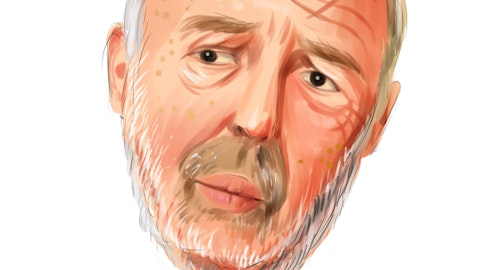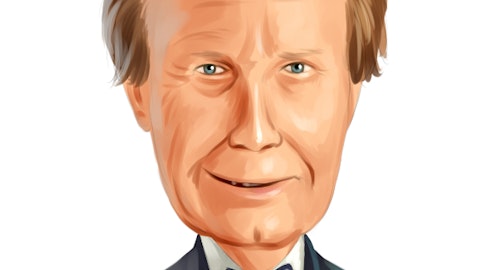Jamie Anderson: So you’re talking specifically about the deposit beta, like on Slide 11, we show kind of our historical betas in that ’19 to ’21 cycle, we’re showing a through-the-cycle beta in that time period of 33%. I think — yes, so given — no, I don’t think there’s anything at this point right now that would tell us we would expect anything different in that down rate cycle. Obviously, they are going to have the — we’ll have to react to the competition in the market. But at this point, no. I mean, we would expect that to be similar in that down rate scenario in that in that low 30s range.
Terry McEvoy: Okay. And again, this may have been discussed but did you have a reserve already in place for the CRE loan sale which is a $6 million charge-off and the C&I loan, that $7 million charge-off. And I guess I was a bit surprised to see the ACL decline quarter-over-quarter but I’m guessing there was some allocated result.
Jamie Anderson: Yes, there were some. But I mean, we had — over the past few quarters, we had built the reserve up in the — at the end of the second quarter, it was 141 basis points of loans which when we looked out at the peer group, it was about 20, 30 basis points higher. So we were conservative coming in, maybe a little bit ahead of the group in terms of building that reserve. And I mean the loan sale, essentially, if you think about the loan sale just accelerated some of those charge-offs that might come down in the next 2, 3, 4 quarters, we accelerated all of those into that current period. So that and coupled with the charge-off that we had on the one C&I loan, charge-offs can be a little chunky from quarter-to-quarter. And — but we are — we feel like with our reserve at 1.36% of loans, we feel like our reserve is still so conservative and we’re in a good spot here going forward.
Terry McEvoy: Okay. Maybe one last one, if I could. Just the size of the balance sheet or size of earning assets over the next kind of 2, 3 quarters is flattish. The best way to think about it is kind of cash — the securities portfolio comes down to fund loan balances. Or would you expect some growth?
Jamie Anderson: Yes. I would say over the next couple of quarters, that’s a good assumption in terms of earning assets. I would say after that, the earning assets will — we’re going to keep the securities portfolio at that point, at least the plan is at this point, obviously, to look at the deposit flows. But after a couple of quarters of still letting the securities balances run down a little with that cash flow, the balance sheet will grow with the growth in the loan portfolio.
Operator: Our next question comes from Jon Arfstrom with RBC Capital Markets.
Jon Arfstrom: Just a couple of margin questions here. Jamie, what kind of margin expectations do you have beyond the fourth quarter, assuming the Fed is done and I know you’re saying it’s a little bit uncertain but one of the key questions is when do you think NII and the margin start to bottom up?
Jamie Anderson: Yes. So when we look out in the ’24, I mean we see the margin bottoming out in the second quarter of — again, assuming no other Fed actions, we see the margin bottoming out, leveling off in the second quarter of next year, call it in that 3.95% to 4% range. And then, again, as we start kind of what Terry asked, as we start to increase the earning asset base, you’ll start to see at that point then, as we get into the third quarter, you start to see the dollars of net interest income start to grow again.





